Dinghy Sailing – The Ultimate Guide Of What To Wear
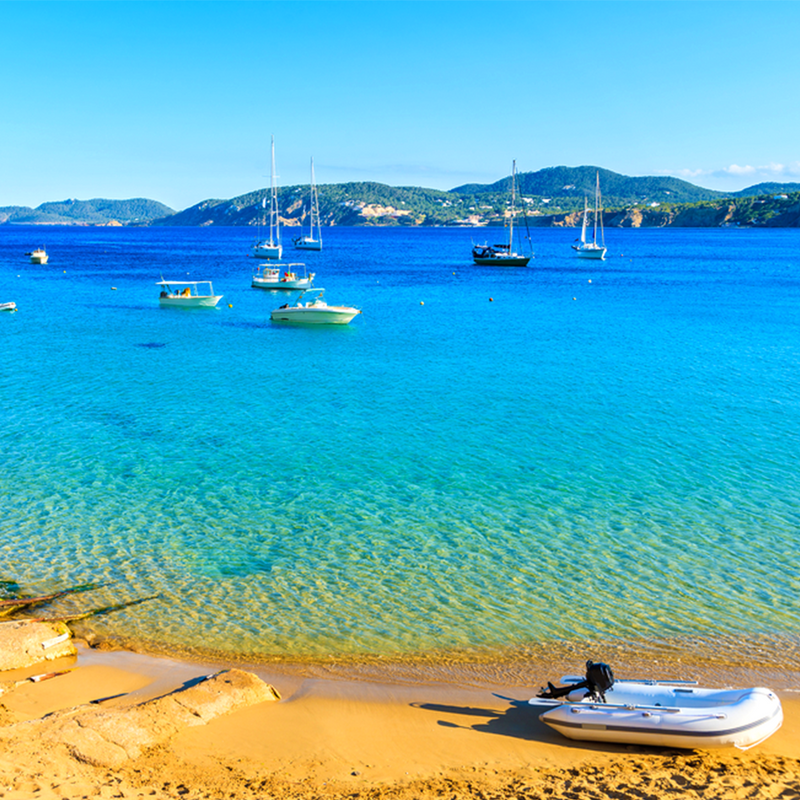
When you go dinghy sailing for the day, it’s essential for your comfort and safety that you wear the right clothing. Here’s a helpful guide on what to wear and what to pack for your adventure on the water.

When you go dinghy sailing for the day, it’s essential for your comfort and safety that you wear the right clothing. Here’s a helpful guide on what to wear and what to pack for your adventure on the water.
Watch the weather
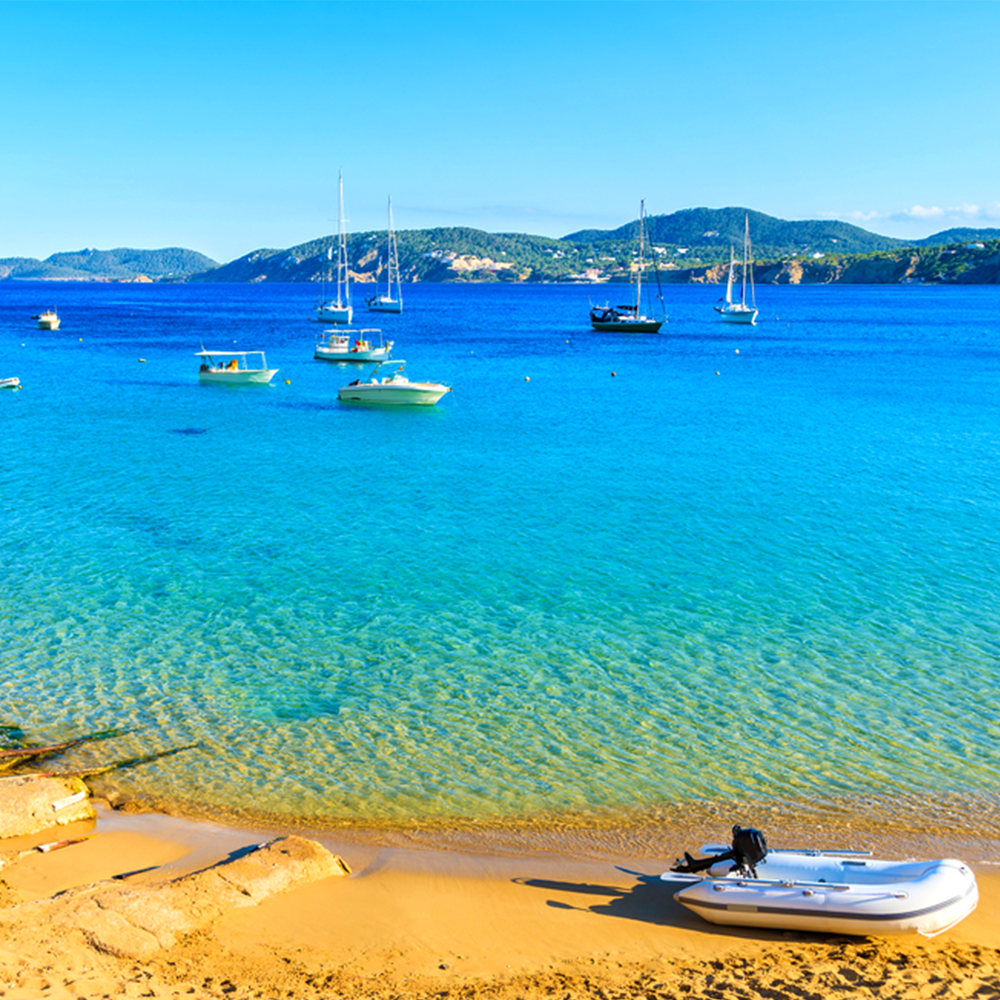
The key to choosing the right dinghy sailing clothing is to check the weather forecast for the day and pack accordingly. Remember that it is likely to be windier and cooler out at sea than it is on dry land, so plenty of layers are a good idea so that you can dress up or down, depending on the conditions.
Wetsuits and dry suits
If you’re learning to sail in a small dinghy, you really need to wear an appropriate dinghy sailing wetsuit. Wetsuits work by trapping a layer of water between the neoprene and your skin, effectively forming a warm layer to keep you from getting cold.
The best way to layer up is to wear a 'Long John' wetsuit, also known as a 'Skiff Suit'. These have long legs but no arms, so they leave your arms free to move when sailing.
To cover your arms and provide some warmth you should wear a hydrophobic fleece. Hydrophobic fleeces keep you warm but if they get wet they will dry out very quickly, usually within about 15 minutes. Many brands offer these, a good example is the Gul Evotherm.
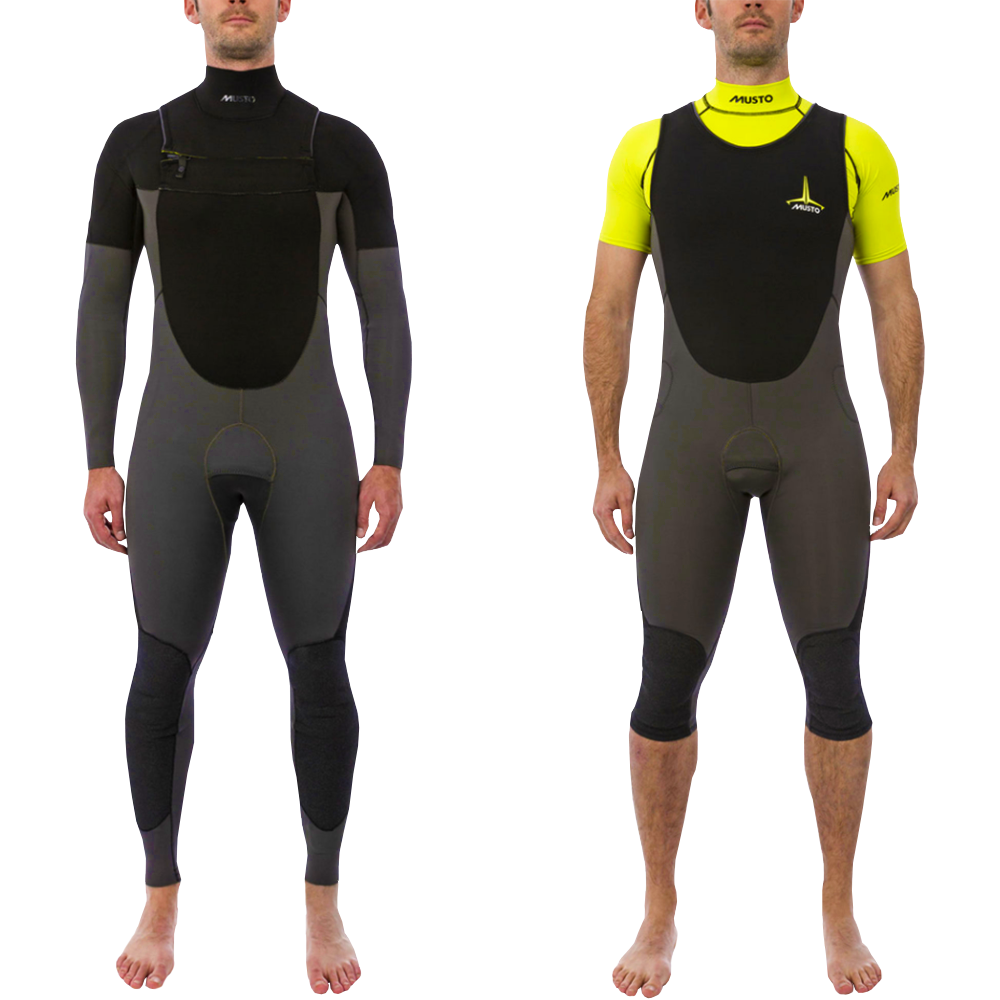
During the warm summer months, you could wear a shortie wetsuit, without arms or legs. Kids' wetsuits are also available to keep children warm and happy.
A windproof sailing spray top is a good idea to wear over your wetsuit on really cold days or just over a t-shirt if it gets windy. It protects you from inevitable spray from the boat and also from the wind chill, something a wetsuit doesn't do very well.
Alternatively, a dinghy sailing drysuit is perfect on days when there’s a lot of spray, when the weather is wet and essential if you plan on sailing during winter months. A dry suit keeps you insulated and totally dry so that you won’t get cold, this also means you can wear layers of snug fleeces underneath too. Even if you fall in the water, you won’t get wet.
Gloves
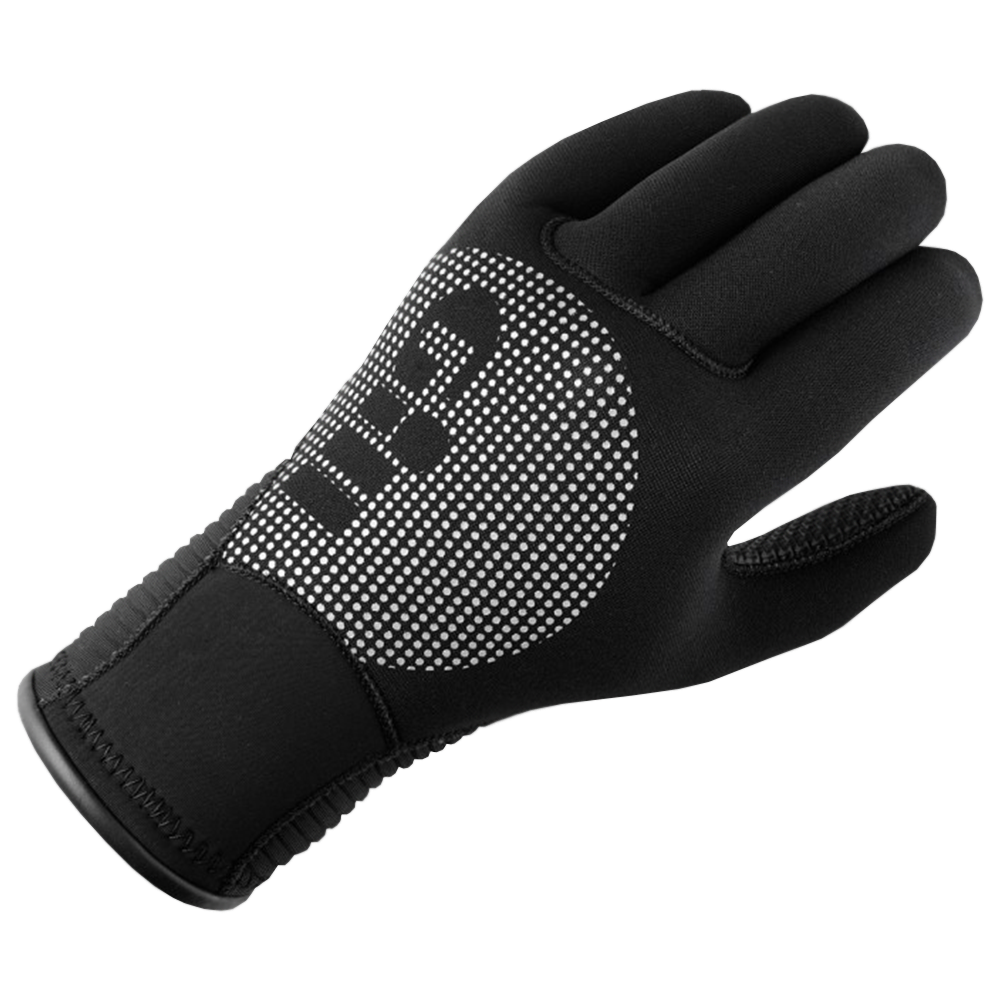

If your hands get cold and wet, sailing can be a painful experience as your hands slip and slide on sheets and ropes. Wear gloves to prevent blisters and keep your hands warm and dry. Basic sailing gloves just stop you getting blisters, but you can get neoprene gloves, also known as winter sailing gloves, which not only stop blisters occurring but more importantly keep your hands warm.
Footwear
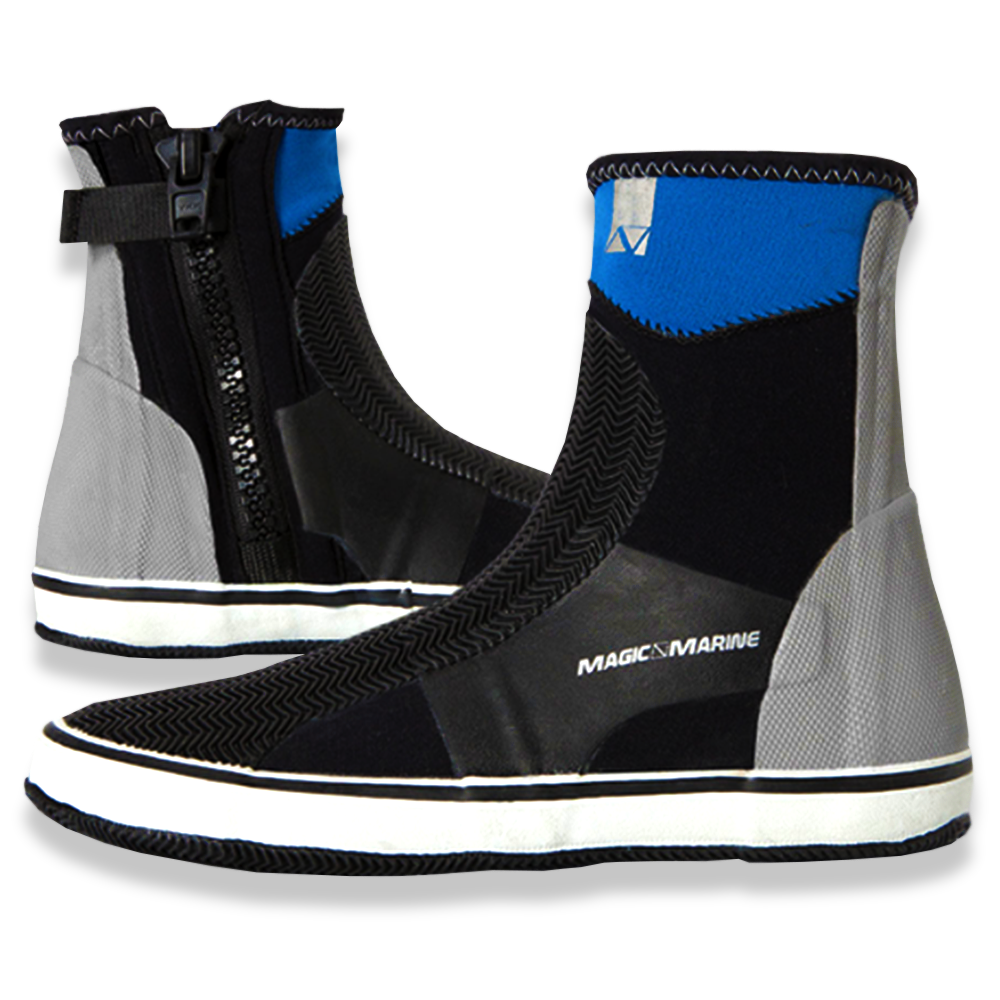
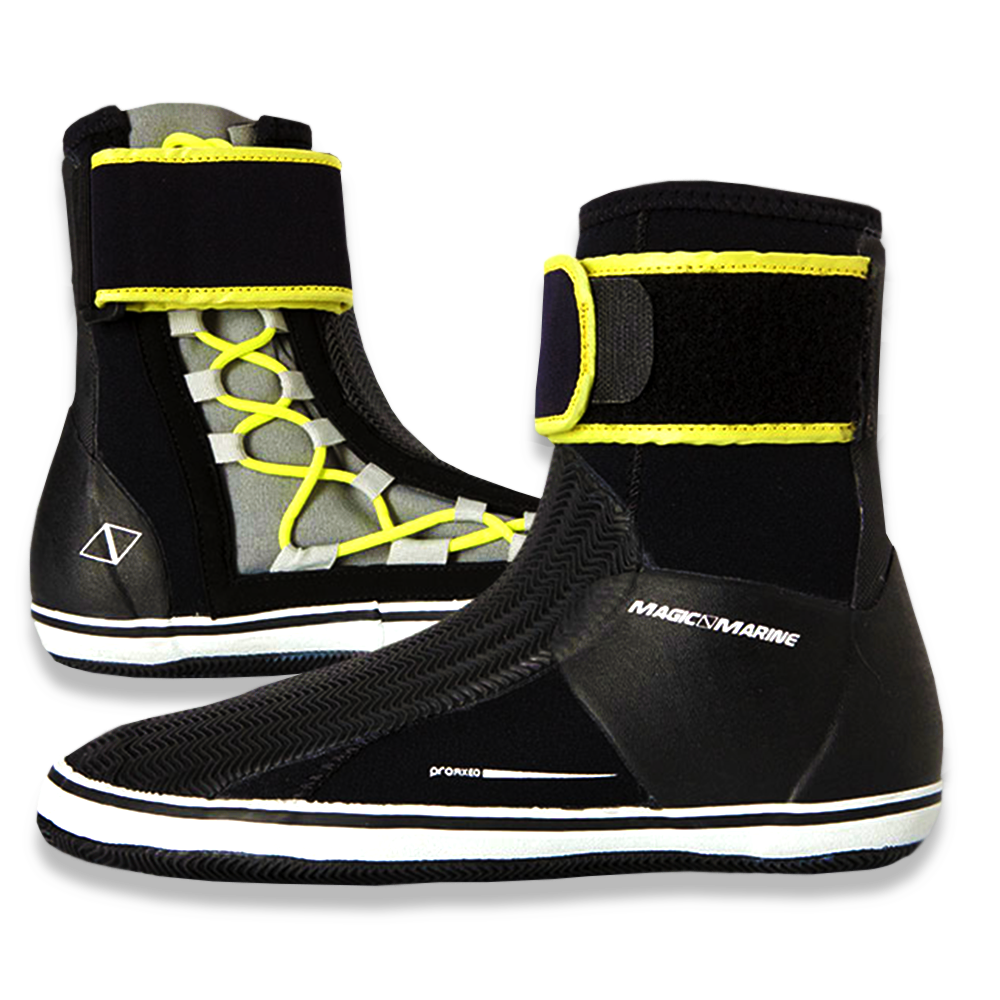
Your choice of wetsuit boots will depend on the weather, the time of year and also the type of sailing you will be doing. Neoprene shoes are fine on a warm day and also on calm water, this ensures you have soles with enough grip to prevent you from slipping on the deck. They are also great for when you are learning and when trapezing. However if you are more experienced at sailing a hiking boat then you will have to wear boots which provide grip and protection over the top of the foot and lower shin when leaning out hard (hiking).
During the winter months, you should wear ankle-high sailing boots. These are made of thicker 5mm neoprene and rubber to keep you extra warm and they are also more durable than summer overshoes.
Buoyancy aid

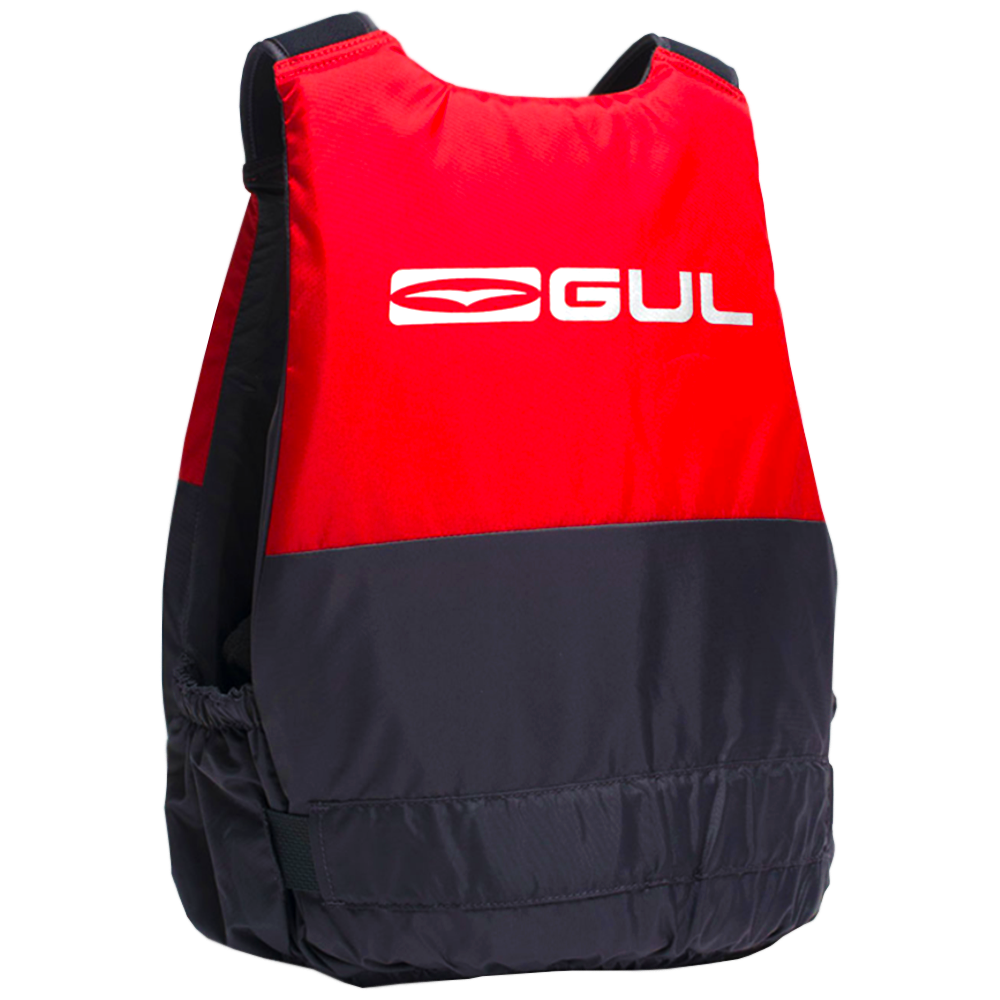
Whatever your experience level, you should always wear a buoyancy aid. Most sailing clubs will insist on this. If you do fall overboard, this will help keep you afloat. Most sailing schools will provide you with one for the day, but if you’re intending to sail regularly, or have your own boar then you should buy your own.
Choosing a buoyancy aid is as much about looks as it is comfort. Under EU law they are all tested to provide 50N of buoyancy, so even a cheap one will still do the job. Alternatively, the more you spend, the more features you get – more adjustment, better quality fabrics, moulded foam panels rather than flat sheets, pockets, key clips as well as reflective piping.
Accessories

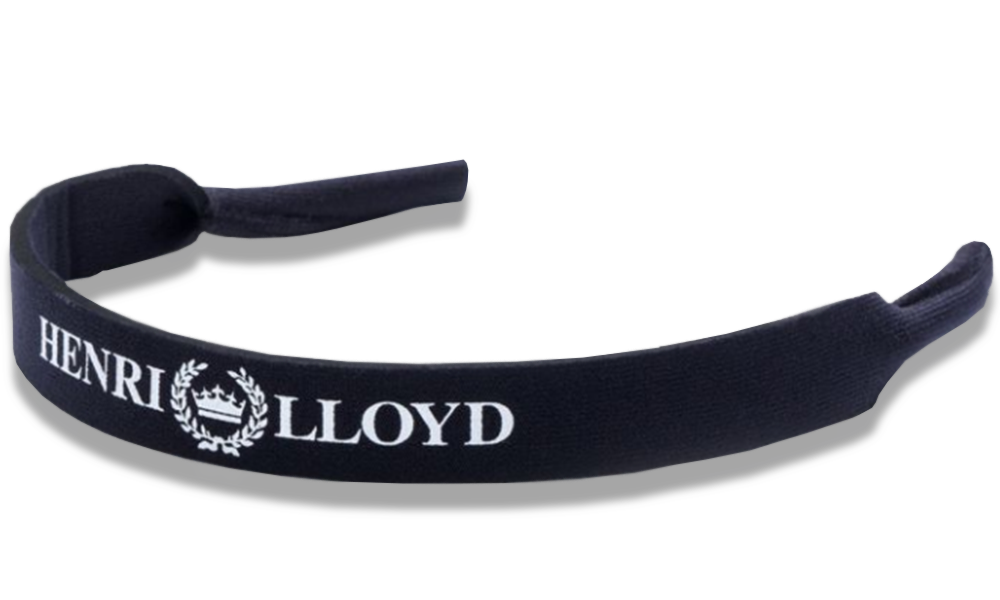
In hot summer weather, you should wear a hat, sun block, and polarised sunglasses to protect you from the sun’s damaging UV rays. Sailing sunglasses are usually always polarised and float – should they come off. However, if you have prescription glasses, or ordinary sunglasses then you can get glasses retainers to keep them on your head. Floating glasses retainers should also make them float should they come off.
A small dry bag is also useful to keep your keys and phone in, an additional layer, or even your lunch!
In the winter time, bring a woolly hat or a neoprene beanie for very cold, wet days.
Always bring a dry change of clothes too, so that you don’t have to drive home in your wet kit!
If you are looking for a reliable water sports provider who specialise in popular dinghy sailing clothing and accessories, visit the Coast Water Sports website today, we hand pick only the best, for the most dedicated water sports enthusiasts.

